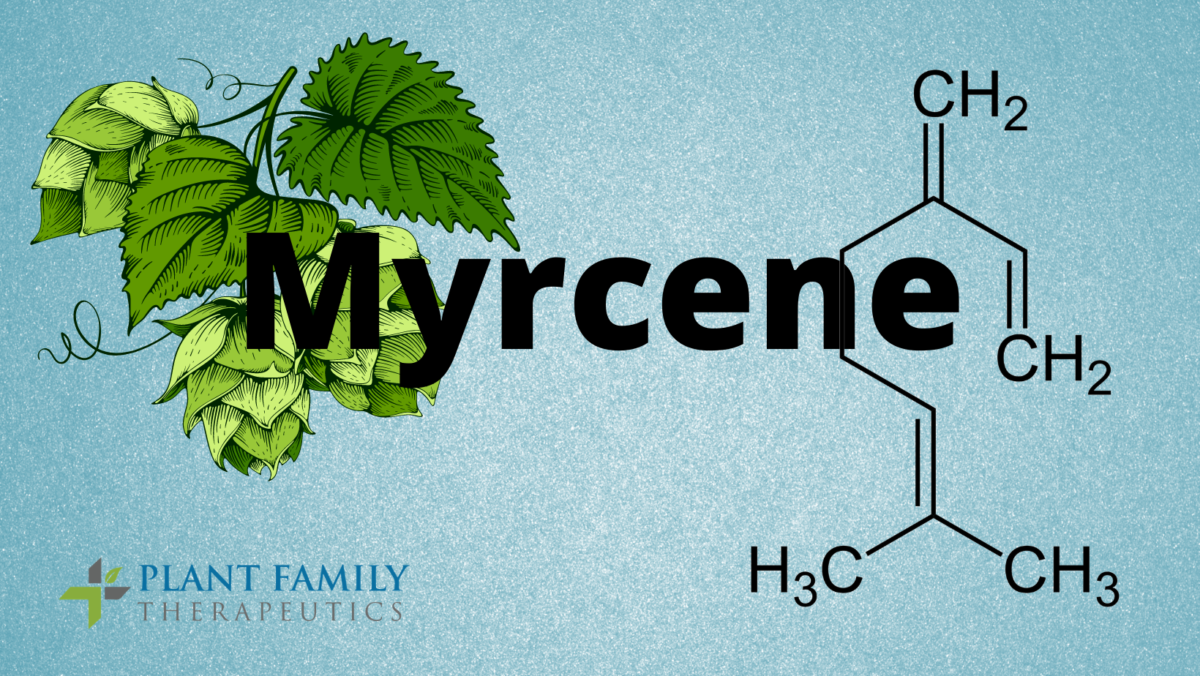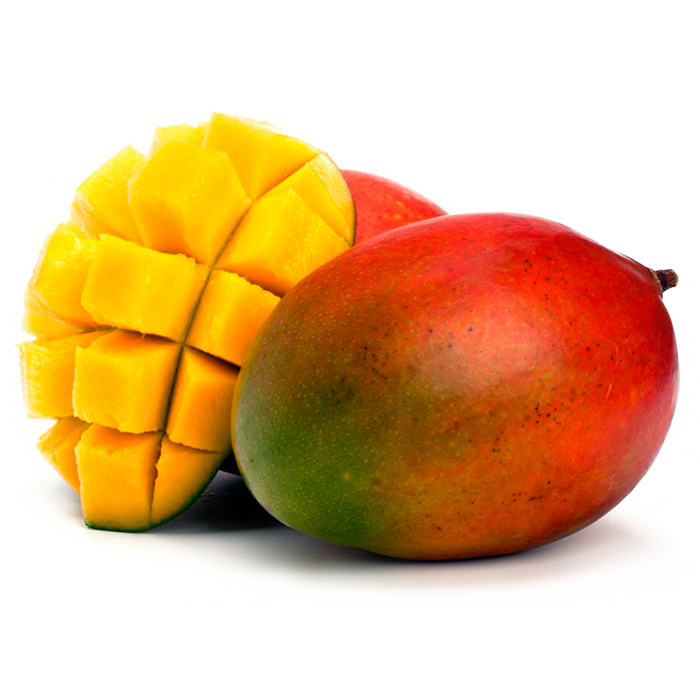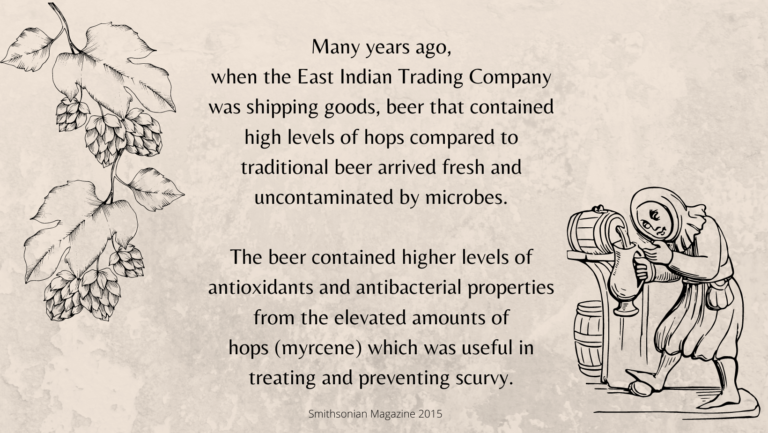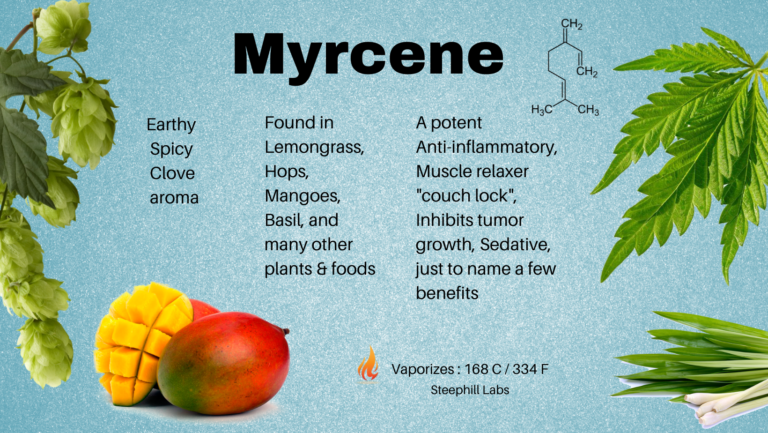This website requires you to be 21 years or older to enter. Please confirm your age below to continue.

In the last terpene article, I discussed Beta-caryophyllene and its awesome anti-inflammatory, pain reducing, anti-cancer and mood improving benefits. In this article I’d like to introduce you to Myrcene – a powerful relaxant and sedative.
What Is Myrcene?
Myrcene (murh-seen) or beta-myrcene is the most aromatic, abundant, and notably potent terpene found in cannabis. This delicate and naturally occurring monoterpene conveys an earthy, spicy, clove aroma, and has tropical undertones in taste that gives cannabis a mildly sweet yet funky flavor profile.
Myrcene is found in high amounts in cannabis. In fact, according to a Swiss study myrcene can make up to 65% of the terpene profile. Of course, these levels will vary greatly based on the cultivators grow methods, climate and so on. One reason myrcene is so important is that it’s the chemical precursor to many of the other terpenes. And the myrcene content of any given cannabis plant determines whether the specific plant will be categorized as an Indica or Sativa. Myrcene levels in cannabis above 0.5% result in the well-known ‘couch lock’ effect of classic Indica strains. The higher the level, the heavier the couch lock. If the myrcene content is less than 0.5% it gives the opposite – energizing and joyful Sativa-like experience.
You’ll also find myrcene in plants like lemongrass, eucalyptus, and ylang-ylang, herbs like thyme, basil, and hops, and fruit like mangoes.
Heard the legend that mangoes increase your high?
It’s a common urban legend that if you eat a fresh, ripe mango about 45 minutes before you smoke cannabis that it allows you to feel the effects more quickly, more intensely, and will last longer in duration. The only question is, what are the real facts?
After searching for reputable studies, here is what was found, there are no peer-reviewed studies reporting proof that mangoes do intensify the effects of cannabis or that myrcene lowers resistance at the blood brain barrier (BBB). One study reported, “myrcene has been shown to enhance transdermal absorption”, and “one mechanism that would be of particular note in cannabis is its claimed effect on the permability

of cell membranes, particularly the blood brain barrier, increasing transport of cannabinoids into the brain; however, perusal of claimed references in the popular literature shows a lack of hard data regarding brain transport” and that more research is needed before it can be conclusive. Something worth mentioning is another monoterpene that has some of the same effects as myrcene called borneol, has been shown to lower resistance at the blood brain barrier.
Although there are dozens and maybe hundreds of online and even print pieces circulating the mango rumor, it remains unfounded. So, unfortunately, for now, there are just anecdotal reports, but it is worth pointing out that many cannabis users have reported this phenomenon.
What Does Myrcene Do?
So far, there have been some outstanding discoveries that indicate the health benefits of myrcene.
Some of the scientifically proven medical benefits include but not limited to the following.

Myrcene and the Entourage Effect:
Extensive research on terpenes conducted in 2011 systematically observed what lead researcher, Dr. Ethan Russo, called “phytocannabinoid-terpenoid synergy.” The detailed study, published in the British Journal of Pharmacology was titled “Taming THC: Potential Cannabis Synergy and Phytocannabinoid-terpenoid Entourage Effects.”
Russo’s research concluded that myrcene interacts with certain cannabinoids, producing therapeutic benefits. Specifically, they found the following targeted effects in their clinical studies:

Are there risks with Myrcene?
Although myrcene has a range of potential benefits, some researchers have also linked it with an increased risk of cancer.
A 2010 report for the National Toxicology Program found that high doses of myrcene had carcinogenic (cancer-causing) effects on rats. The study found evidence that male rats, especially, had higher rates of kidney and liver cancer after using myrcene.
Despite these worrying findings, there is currently no evidence that myrcene causes cancer in humans. However, in 2018, the Food and Drug Administration (FDA) removed it from its list of approved additives in light of the research.
There is some dispute regarding whether the government should list myrcene as a carcinogenic substance or not. Until scientists conduct further research, it is impossible to comment with certainty about how safe myrcene is.
However, it is notable that the new FDA regulations apply to synthetic myrcene, not foods that naturally contain it. It’s unknown if the same effects can be caused by naturally occurring myrcene.
Final thoughts
Myrcene has potent anti-inflammatory, antibiotic, antioxidant, anti-carcinogenic, and pain-relieving properties, and valued by its ability to mitigate the effects of diabetes and prevent peptic ulcer disease. The terpene’s sedative effects are also helpful for treating pain, muscle tension, and insomnia.
As we learn more about terpenes in cannabis and the role they play in the entourage effect of full-plant medicine, I am confident we’re going to hear a lot more about myrcene in the future.
References:
Andrade-Ochoa, S., Correa-Basurto, J., Rodríguez-Valdez, L. M., Sánchez-Torres, L. E., Nogueda-Torres, B., & Nevárez-Moorillón, G. V. (2018). In vitro and in silico studies of terpenes, terpenoids and related compounds with larvicidal and pupaecidal activity against Culex quinquefasciatus Say (Diptera: Culicidae). Chemistry Central journal, 12(1), 53. https://doi.org/10.1186/s13065-018-0425-2
Bonamin, F., Moraes, T. M., Dos Santos, R. C., Kushima, H., Faria, F. M., Silva, M. A., Junior, I. V., Nogueira, L., Bauab, T. M., Souza Brito, A. R., da Rocha, L. R., & Hiruma-Lima, C. A. (2014). The effect of a minor constituent of essential oil from Citrus aurantium: the role of β-myrcene in preventing peptic ulcer disease. Chemico-biological interactions, 212, 11–19. https://doi.org/10.1016/j.cbi.2014.01.009
Ciftci, O., Ozdemir, I., Tanyildizi, S., Yildiz, S., & Oguzturk, H. (2011). Antioxidative effects of curcumin, β-myrcene and 1,8-cineole against 2,3,7,8-tetrachlorodibenzo-p-dioxin-induced oxidative stress in rats liver. Toxicology and industrial health, 27(5), 447–453. https://doi.org/10.1177/0748233710388452
do Vale, T. G., Furtado, E. C., Santos, J. G., Jr, & Viana, G. S. (2002). Central effects of citral, myrcene and limonene, constituents of essential oil chemotypes from Lippia alba (Mill.) n.e. Brown. Phytomedicine : international journal of phytotherapy and phytopharmacology, 9(8), 709–714. https://doi.org/10.1078/094471102321621304
Jansen, C., Shimoda, L., Kawakami, J. K., Ang, L., Bacani, A. J., Baker, J. D., Badowski, C., Speck, M., Stokes, A. J., Small-Howard, A. L., & Turner, H. (2019). Myrcene and terpene regulation of TRPV1. Channels (Austin, Tex.), 13(1), 344–366. https://doi.org/10.1080/19336950.2019.1654347
Kauderer, B., Zamith, H., Paumgartten, F. J., & Speit, G. (1991). Evaluation of the mutagenicity of beta-myrcene in mammalian cells in vitro. Environmental and molecular mutagenesis, 18(1), 28–34. https://doi.org/10.1002/em.2850180106
Lee, JH., Lee, K., Lee, D.H. et al.(2015). Anti-invasive effect of β-myrcene, a component of the essential oil from Pinus koraiensis cones, in metastatic MDA-MB-231 human breast cancer cells. J Korean Soc Appl Biol Chem 58, 563–569. https://doi.org/10.1007/s13765-015-0081-3
Mediavilla V, Steinemann S. Essential oil of Cannabis sativa L. strains. J Intl Hemp Assoc. 1997;4:82–84. [Google Scholar]
National Center for Biotechnology Information (2021). PubChem Compound Summary for CID 31253, Myrcene. Retrieved May 19, 2021 from https://pubchem.ncbi.nlm.nih.gov/compound/Myrcene.
National Toxicology Program (2010). NTP technical report on the toxicology and carcinogenesis studies of beta-myrcene (CAS No. 123-35-3) in F344/N rats and B6C3F1 mice (Gavage studies). National Toxicology Program technical report series, (557), 1–163.
Polec, K., Broniatowski, M., Wydro, P., Hac-Wydro, K. (2020). The impact of B-myrcene – the main component of the hop essential oil – on the lipid films. Elsevier, (308)113028. https://doi.org/10.1016/j.molliq.2020.113028
Ritcher, G., Hazzah, T., Hartsel, J., Hickory, B., & Makeiyannis, A. (2021). Cannabis sativa: an overview. Science Direct, (38),603-624 https://www.sciencedirect.com/topics/agricultural-and-biological-sciences/myrcene
Rufino, A., Ribeiro, M., Sousa, C., Judas, F., Salgueiro, L., Cavaleiro, C., & Menes, A. (2015). Evaluation of the anti-inflammatory, anti-catabolic and pro-anabolic effects of E-caryophyllene, myrcene and limonene in a cell model of osteoarthritis. Elsevier, (750),141-150. https://doi.org/10.1016/j.ejphar.2015.01.018
Russo E. B. (2008). Cannabinoids in the management of difficult to treat pain. Therapeutics and clinical risk management, 4(1), 245–259. https://doi.org/10.2147/tcrm.s1928
Russo E. B. (2011). Taming THC: potential cannabis synergy and phytocannabinoid-terpenoid entourage effects. British journal of pharmacology, 163(7), 1344–1364. https://doi.org/10.1111/j.1476-5381.2011.01238.x
Santos, S. E., Ribeiro, F., Menezes, P., Duarte-Filho, L., Quintans, J., Quintans-Junior, L. J., Silva, F. S., & Ribeiro, L. (2019). New insights on relaxant effects of (-)-borneol monoterpene in rat aortic rings. Fundamental & clinical pharmacology, 33(2), 148–158. https://doi.org/10.1111/fcp.12417
Schmitt, S., Schaefer, U. F., Doebler, L., & Reichling, J. (2009). Cooperative interaction of monoterpenes and phenylpropanoids on the in vitro human skin permeation of complex composed essential oils. Planta medica, 75(13), 1381–1385. https://doi.org/10.1055/s-0029-1185744
Sieniawska, E., Sawicki, R., Swatko-Ossor, M., Napiorkowska, A., Przekora, A., Ginalska, G., & Augustynowicz-Kopec, E. (2018). The Effect of Combining Natural Terpenes and Antituberculous Agents against Reference and Clinical Mycobacterium tuberculosis Strains. Molecules (Basel, Switzerland), 23(1), 176. https://doi.org/10.3390/molecules23010176
Sobral, M. V., Xavier, A. L., Lima, T. C., & de Sousa, D. P. (2014). Antitumor activity of monoterpenes found in essential oils. TheScientificWorldJournal, 2014, 953451. https://doi.org/10.1155/2014/953451
Wu, T., Zhang, A., Lu, H., & Cheng, Q. (2018). The Role and Mechanism of Borneol to Open the Blood-Brain Barrier. Integrative cancer therapies, 17(3), 806–812. https://doi.org/10.1177/1534735418767553
Zhang, Q. L., Fu, B. M., & Zhang, Z. J. (2017). Borneol, a novel agent that improves central nervous system drug delivery by enhancing blood-brain barrier permeability. Drug delivery, 24(1), 1037–1044. https://doi.org/10.1080/10717544.2017.134600